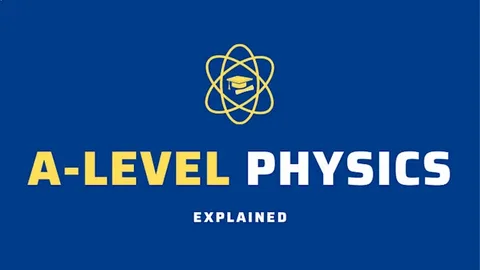A Level Physics: Understanding Mechanics and Motion
Physics is a fundamental science that explains how the universe works, and one of its core areas is mechanics and motion. For students studying A Level Physics, gaining a solid grasp of these concepts is essential for both academic success and a deeper appreciation of the physical world. This article explores A Level Physics: Understanding Mechanics and Motion, breaking down key ideas and their applications.
What is Mechanics in A Level Physics?
Mechanics is the branch of physics concerned with the behavior of physical bodies when subjected to forces or displacements. It covers the study of motion and the forces that cause or change motion. At the A Level, mechanics forms a critical part of the syllabus, enabling students to analyze everything from falling objects to vehicles in motion.
Key Concepts in Understanding Mechanics and Motion
1. Kinematics: Describing Motion
Kinematics deals with the description of motion without considering its causes. It involves concepts such as displacement, velocity, acceleration, and time. Understanding these terms is vital for students tackling A Level Physics: Understanding Mechanics and Motion because it lays the foundation for analyzing how objects move.
2. Dynamics: Forces and Motion
Dynamics focuses on the forces that cause or change motion. Newton’s Laws of Motion are central to this topic and provide the framework for predicting an object’s behavior when subjected to various forces. Mastering dynamics helps students understand real-world applications, from car safety to sports mechanics.
3. Energy and Work
Another important aspect is the relationship between force, energy, and work. Students learn how work done by forces affects the energy of systems, introducing concepts like kinetic energy, potential energy, and the conservation of energy.
Applications of Mechanics and Motion in Real Life
Understanding mechanics and motion isn’t just academic; it’s crucial in many fields such as engineering, automotive design, sports science, and aerospace. For instance, engineers use these principles to design safer cars, while sports scientists analyze athletes’ movements to improve performance.
Why Mastering A Level Physics: Understanding Mechanics and Motion Matters
A firm grasp of mechanics and motion provides students with problem-solving skills and analytical thinking. It also serves as a foundation for advanced physics topics like electromagnetism and quantum mechanics. For students aspiring to enter STEM fields, excelling in these topics opens doors to a wide range of careers.
In conclusion, A Level Physics: Understanding Mechanics and Motion is a vital area that equips students with the knowledge and skills to analyze the physical world. By mastering key concepts such as kinematics, dynamics, and energy, students build a strong foundation for future scientific and engineering challenges.


